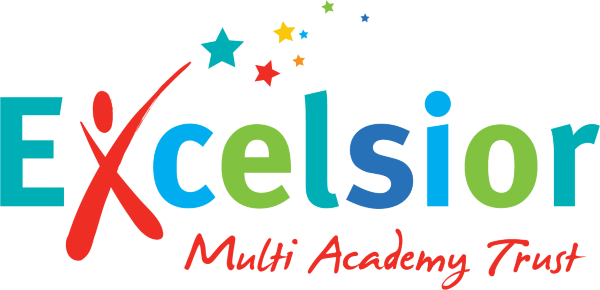AI in Primary Schools
AI in Primary Schools: A Tool for Tangible Impact, Not a Tokenistic Fad
Artificial intelligence (AI) is rapidly transforming various sectors, and education is no exception. In primary schools, the integration of AI tools is gaining momentum, offering exciting possibilities to enhance teaching and learning. However, it's crucial to ensure that AI implementation goes beyond a mere trend and delivers real, tangible benefits for both educators and students.
Will AI replace teachers?
Absolutely not. AI is designed to be a tool that empowers teachers, making them more efficient and effective in their roles. In the right hands, AI can be a valuable asset for educators, but its effectiveness depends on how it is implemented.
Can AI do all the work?
No. The effectiveness of AI depends on the user's input. To get the desired results, teachers need to provide clear and well-structured prompts. Asking AI to create a lesson plan with little human input will result in something no better than finding a ready-made plan online and will not adhere to the school’s curriculum maps or pedagogic policies.
How should I interact with generative AI?
Provide as much relevant information as possible. Avoid unnecessary greetings or conversational fillers. Remember that using generative AI consumes energy, so reserve it for tasks that cannot be accomplished with a simple search engine query. There are many different generative AI agents, so it is important that schools build a policy whereby staff know where their information is coming from and what information they can share. It is also vital that staff know that a response from an AI agent should not be believed implicitly- agents are still being trained and information cannot always be trusted, just like we can’t take information from a search engine at face value.
Current Applications of AI in Parkfield
Report Writing: Parkfield teachers are currently using AI through Arbor to speed up their report writing process. Teachers can input specific notes for each child, and AI can generate well-structured paragraphs for reports, saving time and ensuring consistency. This results in bespoke comments for each child, which are much more personal than using a comment bank and reduce the risk of human error when using names or pronouns that can result from tired teachers completing reports. Through using Arbor, we can ensure we have a secure platform for data sharing, as children’s information is already stored in the MIS. This is not the case for other generative AI agents, and children’s names and details should not be shared with these.
End-of-Unit Assessments: By including substantive and disciplinary concepts from our progression maps in their prompts, teachers can use AI to create questions aligned with the national curriculum. This takes the administrative task away from the teacher, and they can then select questions appropriate to their cohort. Of course, anything generated must be fact-checked and made appropriate for the class.
Comprehension Questions: AI systems trained on question stems and content domains can generate relevant questions and mark schemes based on uploaded texts. This means teachers can create bespoke questions for a chosen text, rather than paying for a ready-made resource or limiting their text choices based on what they can find online.
Curriculum enhancement: Teachers can use image generation on applications like Adobe Express to enhance their curriculum provision. They can create picture prompts for writing or even use it to teach children about the validity of sources in history. Teachers can also ask a generative AI agent to act in role as a historical figure, and children can ‘interview’ someone from the past and see responses in the figure’s tone, using information found online. It’s important that children are told that images and responses are created using AI so they understand how to use it responsibly.
These applications demonstrate that AI is not just about automating tasks teachers used to do, or about creating lazy teachers. It's about creating bespoke resources that precisely meet the needs of teachers and students. Instead of searching online for pre-made materials, teachers can leverage AI to generate tailored content. Teachers are given CPD to ensure they know how to use AI responsibly to enhance their practice, not to take shortcuts.
Next Steps and Future Possibilities
Standardising Assessments: AI tools like Olex.ai can play a crucial role in standardising assessments, particularly in writing, ensuring fair and consistent evaluation. The teacher’s impression of the writing is still vital, but time can be saved by evaluating the grammatical techniques and spellings children have used effectively, allowing teachers to give instant feedback and move learning on. Images can also be generated of children’s writing, which can help boost engagement and allow children to visualise what they have written more effectively
Formative Assessment: AI can facilitate adaptive teaching by providing real-time formative assessment during lessons, allowing teachers to adjust their approach based on student understanding.
AI: Augmenting, Not Replacing, the Teacher
The ultimate goal of AI in education is to augment the teacher's role, not to replace it. It's essential to remember that AI is a tool, and its effectiveness depends on the expertise and guidance of educators. While AI will not replace teachers, teachers who know how to use AI effectively may have an advantage.
Helena Brzeski
Director Of Technology

